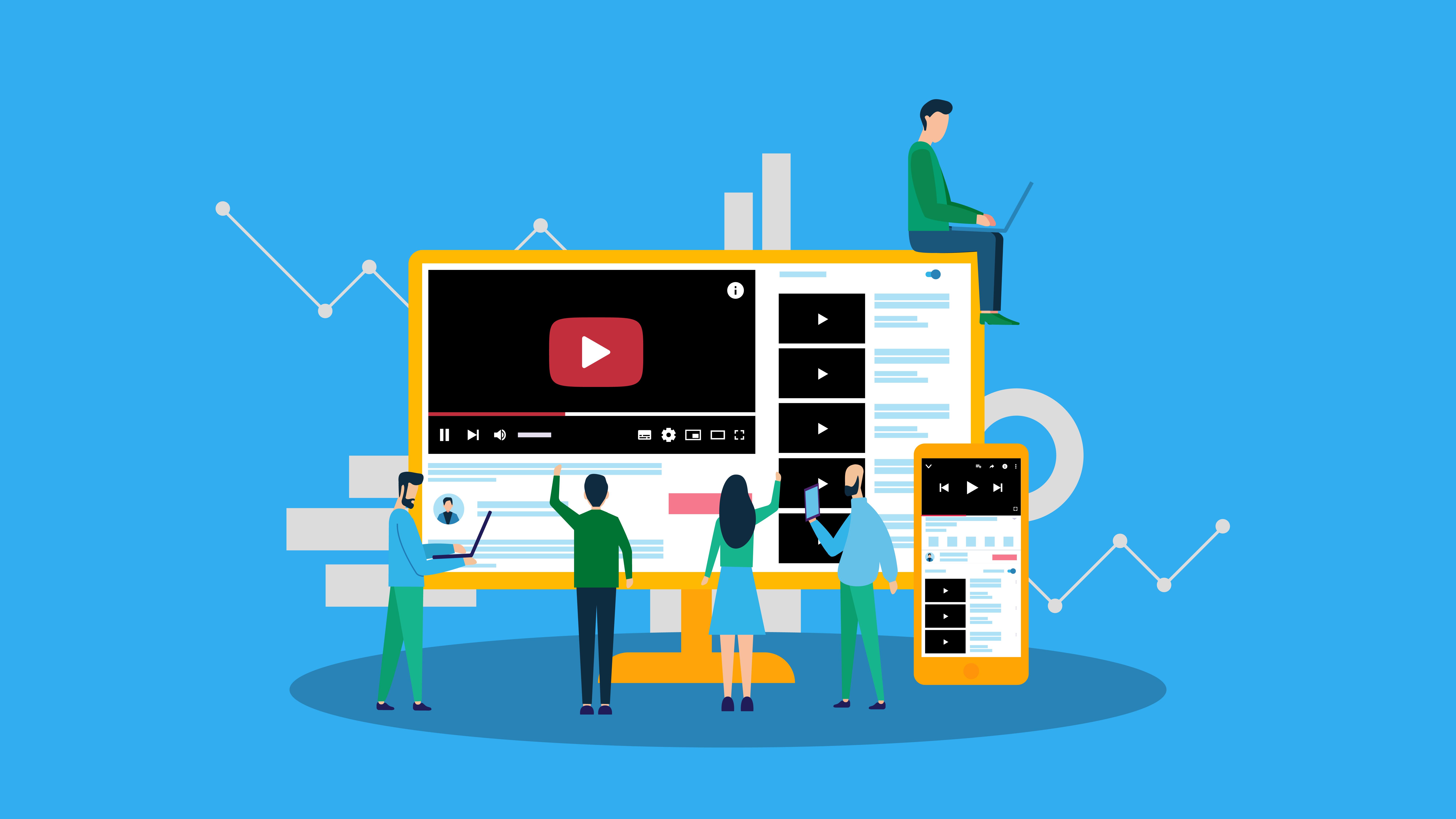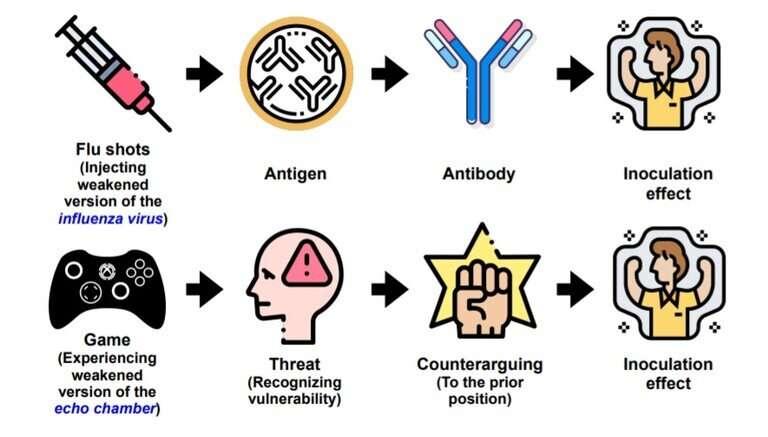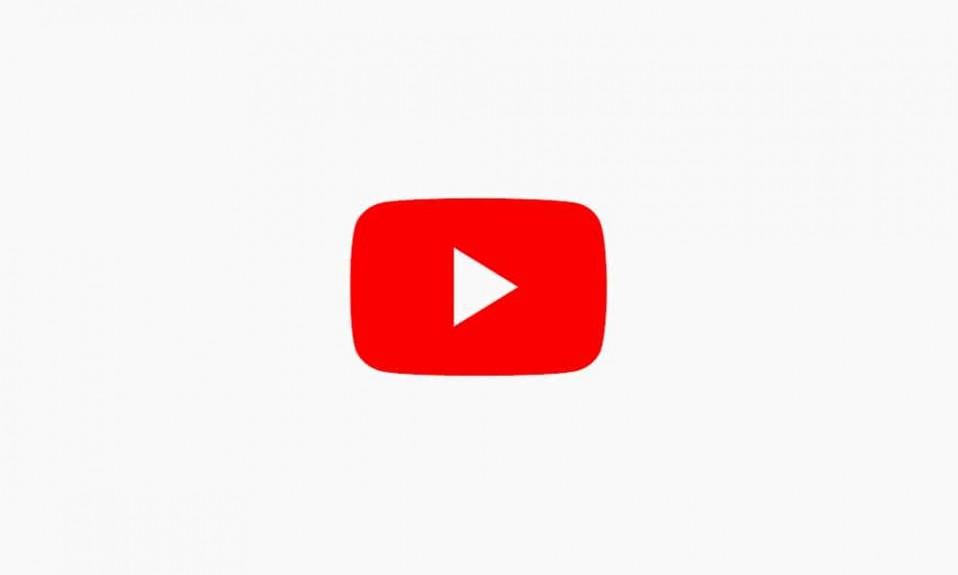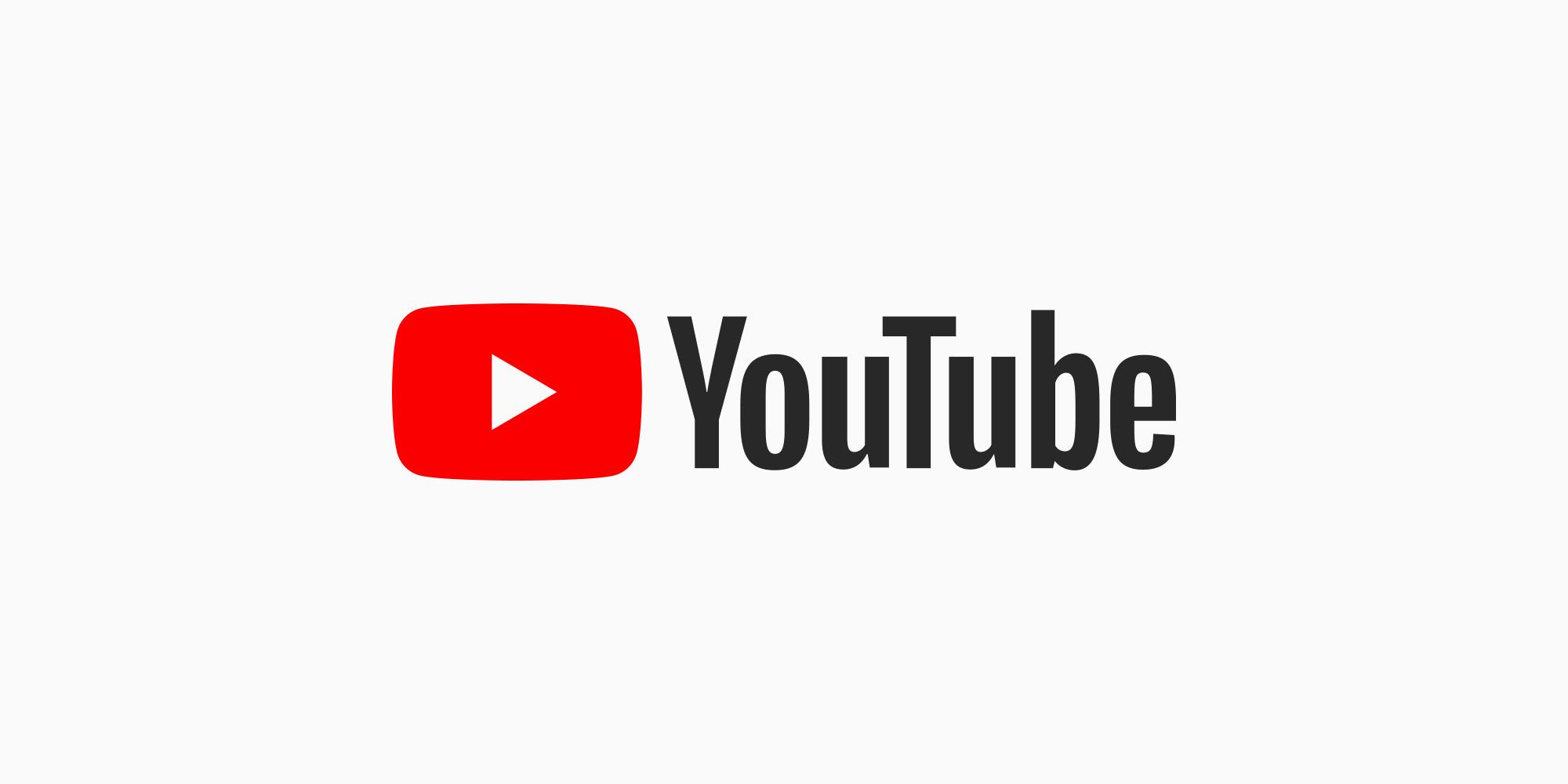Have you ever clicked on a YouTube video, only to find yourself in a rabbit hole of right-wing content that seems to sprout up like weeds in a garden? You’re not alone! As you scroll through your recommended feed, it might feel like the platform has developed a preference for a particular political flavor. But why is this happening? Is it just the algorithm acting up, or is there something deeper at play? In this article, we’re diving into the intriguing world of YouTube’s content recommendations, exploring how its algorithms are shaping the media landscape and why right-wing narratives might be popping up more often than you’d expect. So, grab your favorite snack, sit back, and let’s unravel this digital conundrum together!
Understanding the Algorithm: The Mechanics Behind YouTube’s Content Recommendations

Have you ever found yourself wondering how YouTube seems to know exactly what you want to watch? It’s kind of like that friend who always suggests the perfect movie for your mood. The truth is, YouTube’s recommendation system operates on complex algorithms designed to enhance user engagement. These algorithms analyze vast amounts of data, from your watch history to your search queries, aiming to keep you glued to your screen. They prioritize content that not only resonates with your previous interactions but also capitalizes on trending topics within certain political spheres, especially when it comes to right-wing narratives. So, if you’re wondering why similar types of videos keep popping up, it’s because YouTube wants to keep you clicking.
Now, let’s break down what factors might influence this flow of content. Here are a few key elements:
- User Engagement: Videos that get more views and likes often bubble up to the top.
- Watch Time: The longer you stick around for a video, the more likely it is to get recommended.
- Trending Topics: Content related to current events that captures attention often gets prioritized.
- Channel Authority: Established channels with a loyal following tend to push their content further into recommendations.
In essence, YouTube’s algorithm favors content that fuels interactions and discussions. Like a party host who keeps pushing the music that gets everyone dancing, the platform amplifies videos that spark controversy and engage viewers, which is why right-wing content can dominate your feed. It’s a fascinating yet sometimes unsettling dance between user behavior and algorithmic decisions, shaping our media consumption in ways we might not fully grasp.
The Echo Chamber Effect: How Right-Wing Content Dominates Your Feed

Have you ever scrolled through your YouTube feed and wondered how things got so… one-sided? It’s like stepping into a party where everyone’s chanting the same slogan, and you’re left scratching your head, saying, “Wait, where’s the variety?” The platform’s algorithm has a sneaky way of promoting content that aligns with your previous interactions, which can trap you in what’s known as an echo chamber. This means you’re more likely to see right-wing content simply because you’ve watched a clip or two that aligns with those topics. It’s as if YouTube is like that overenthusiastic friend who only invites you to events that cater to your existing tastes, neglecting the possibility that you might also enjoy something completely different!
You might be asking yourself, “Why does this happen?” Well, it turns out that right-wing content tends to engage users more, often driving sensationalism and outrage. When you engage regularly with this type of content, the algorithms kick into overdrive, showing you more of what sticks. It’s a classic case of the bandwagon effect, where the more you see it, the more you believe it’s the dominant narrative. Some key factors that play into this dominance include:
- Viewer Retention: Right-wing videos often keep viewers glued to their screens longer, boosting their visibility.
- Engagement Rates: Clicks, likes, and shares help propel certain videos in the algorithmic race.
- Content Networks: Many creators collaborate, creating a web of cross-promotion that enhances visibility.
Unpacking the Influence: The Role of Viewer Engagement in Content Promotion

When it comes to why you might be seeing a surge in right-wing content on YouTube, one of the biggest players in this game is viewer engagement. YouTube’s algorithm isn’t just a complex piece of code; it’s a living, breathing beast that pays attention to what keeps your eyes glued to the screen. Think about it: if you click like or venture down the rabbit hole of similar videos, you’re sending a signal to the algorithm that tells it, “Hey, keep this coming!” This engagement breeds a cycle of content promotion that many informal users might not even notice. With every click, pause, or share, you’re not just consuming the content but inadvertently shaping your viewing environment. Pretty wild, right?
Moreover, the types of emotions that right-wing content often invokes—be it outrage, humor, or a sense of belonging—are like candy to this algorithm. Just consider these key factors influencing this phenomenon:
- Polarization: Content that stirs strong feelings often keeps viewers engaged longer.
- Community: Channels that foster a sense of ‘us vs. them’ rally viewers around shared values.
- Recommendation Loops: Engaging with one right-leaning video often leads to a slew of similar recommendations.
This cycle isn’t just limited to right-wing ideology but demonstrates how the nature of engagement can transform our digital landscapes, potentially distorting the variety of perspectives we encounter. It’s a double-edged sword that we must recognize as users navigating the expansive seas of content.
Taking Control: Tips for Diversifying Your YouTube Experience and Breaking Free from Bias

Feeling bombarded by videos that lean heavily in one direction? You’re not alone! It’s like YouTube’s algorithm has taken your preferences and decided they only mean one thing. Don’t let the platform dictate what you see! Take the reins back with a few simple steps. Start by diversifying your subscriptions—check out creators across various genres and ideologies. This isn’t just about adding more to your feed, it’s about engaging with a broader spectrum of ideas and perspectives. Who knows? You might stumble upon content that challenges your views and expands your horizons in unexpected ways.
In addition to changing who you subscribe to, actively curate your recommendations. YouTube’s algorithm thrives on your interactions, so mix it up! Like, comment, and subscribe to channels that spark your interest, even if they don’t always align with your personal beliefs. Try to seek out content that critiques or contrasts popular narratives. By doing this, you’ll not only expand your viewing experience but also gain the tools to think critically about the media you consume. Think of it like a buffet—why settle for the same dish when you could sample a little bit of everything?
The Way Forward
And there you have it—an exploration into the perplexing world of YouTube and its penchant for pushing right-wing content into our feeds. It’s kind of wild to think about how the platforms we rely on for entertainment and information are shaping our perspectives, right? I mean, it’s like inviting a guest to dinner who takes over the conversation and suddenly you’re discussing politics instead of the latest Netflix show!
As you scroll through your recommendations, just remember: the algorithm isn’t just a set of code; it’s a reflection of the wider media landscape and our own viewing habits. So, don’t be shy—get curious! Check out diverse voices, seek perspectives beyond the usual, and maybe give that quirky cooking channel you overlooked a chance.
In this digital age, we hold more power than we often realize. By being mindful of what we watch and how it influences us, we can challenge the narratives being pushed onto us. So, keep questioning, keep exploring, and always remember, your feed should reflect a balanced buffet of ideas, not just one flavor. Happy viewing, and may your YouTube recommendations lead you to unexpected but enriching places!



